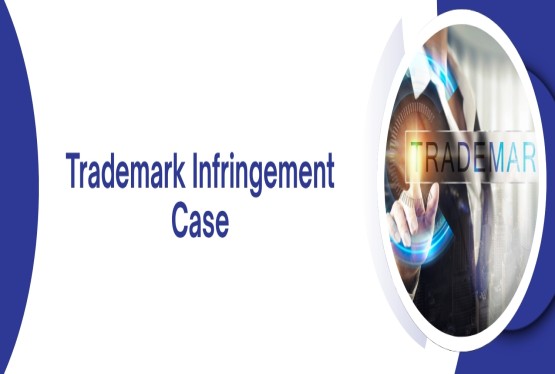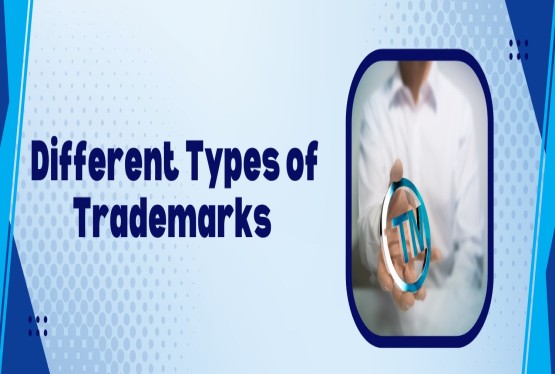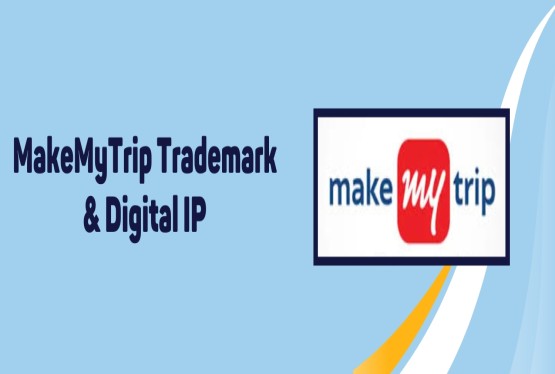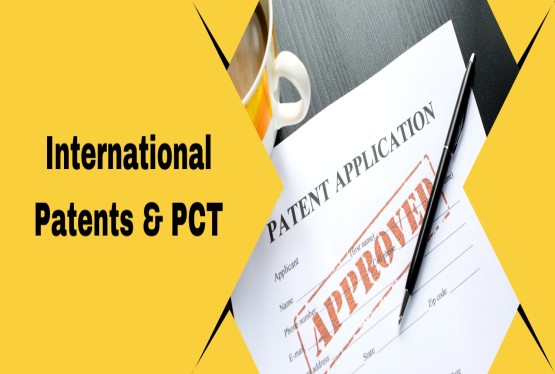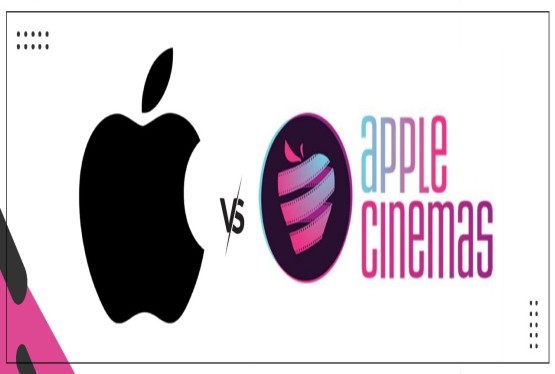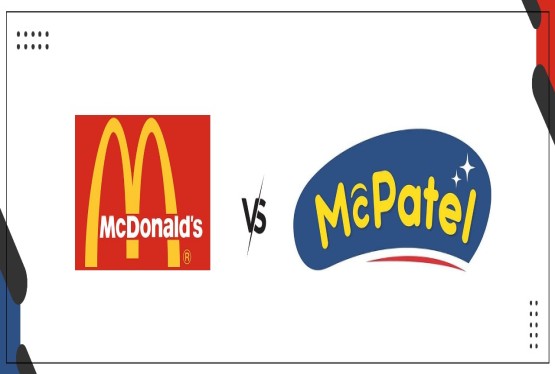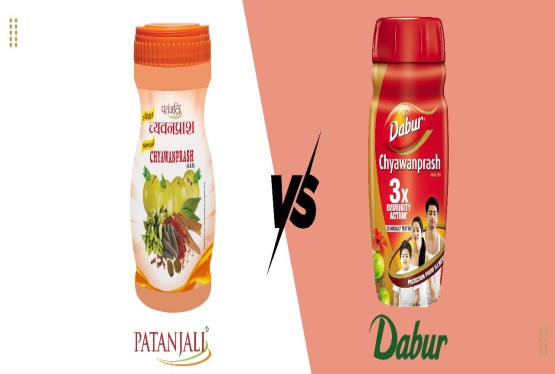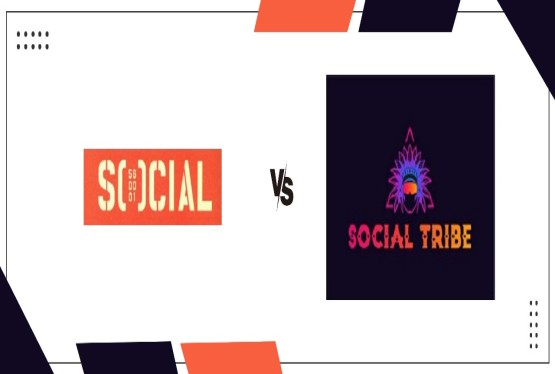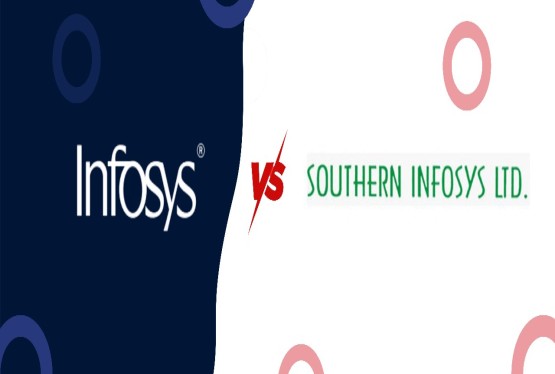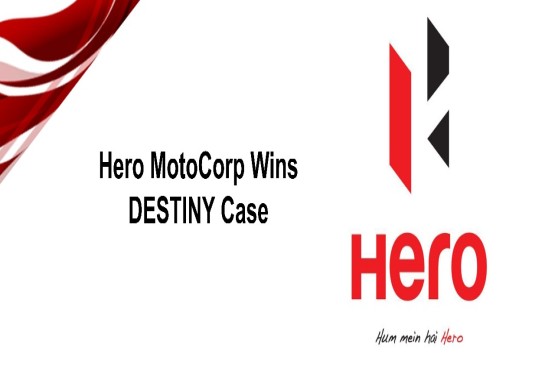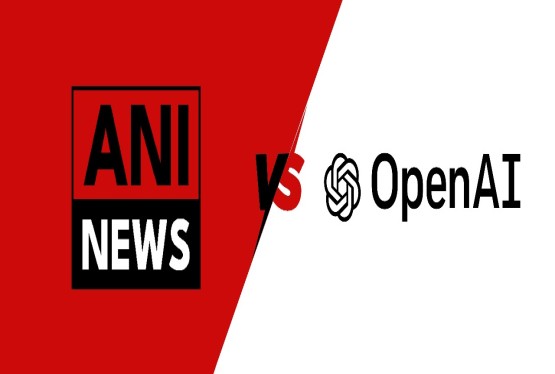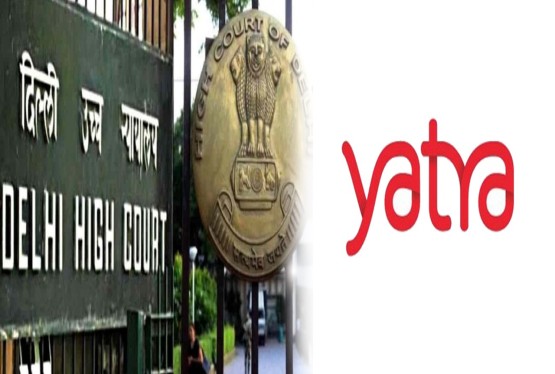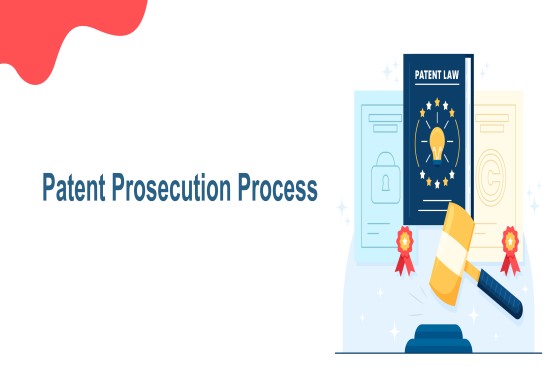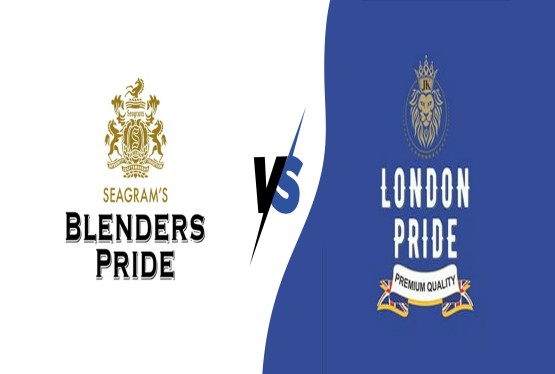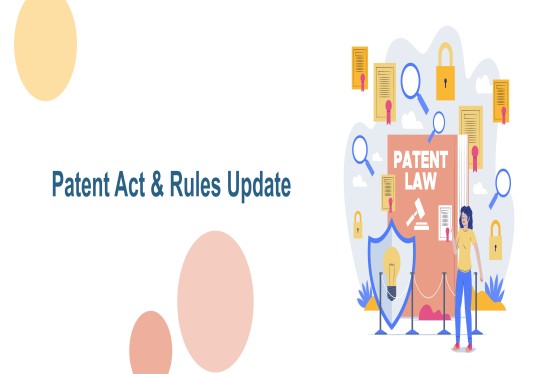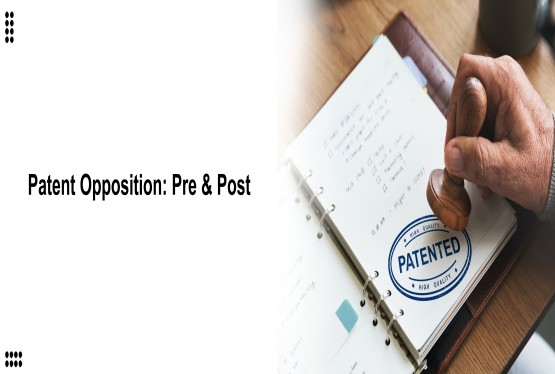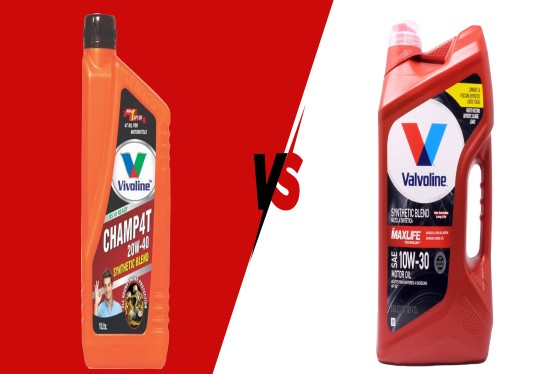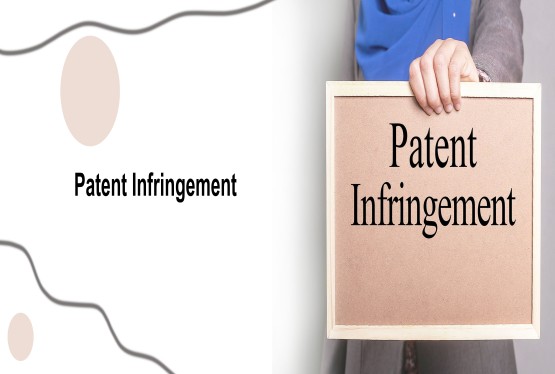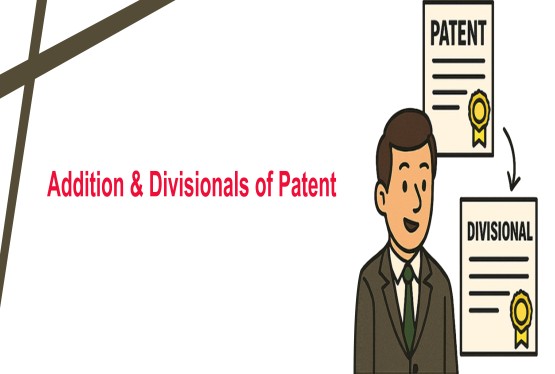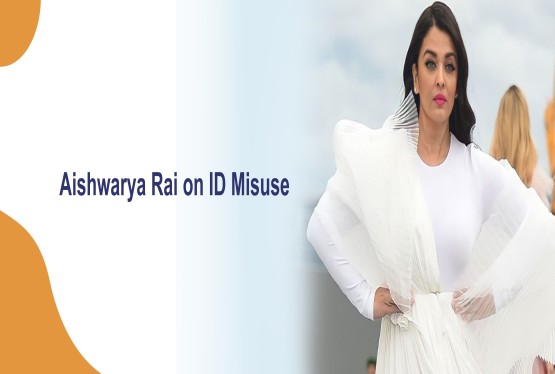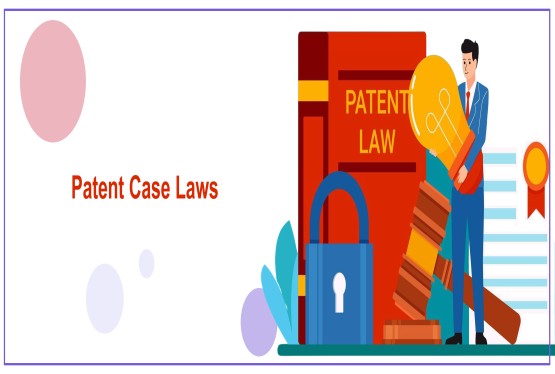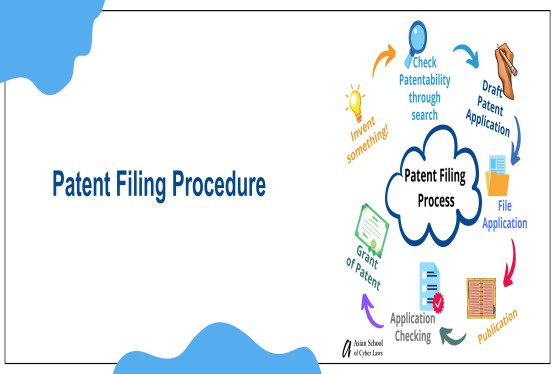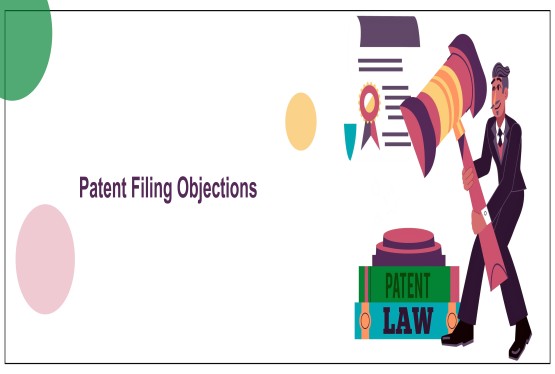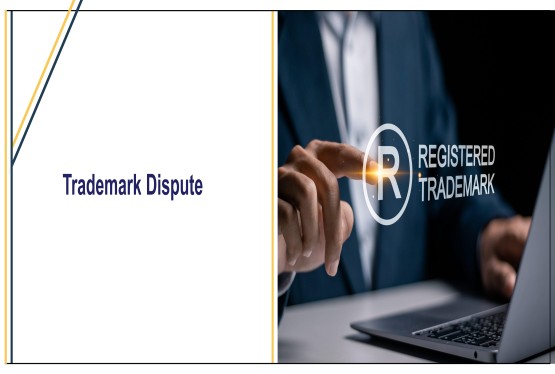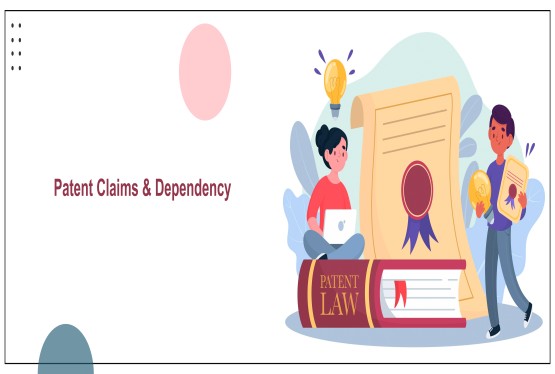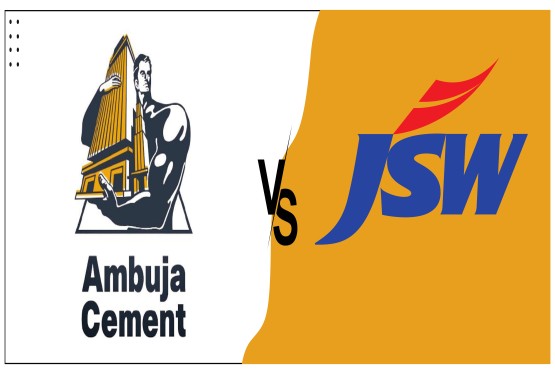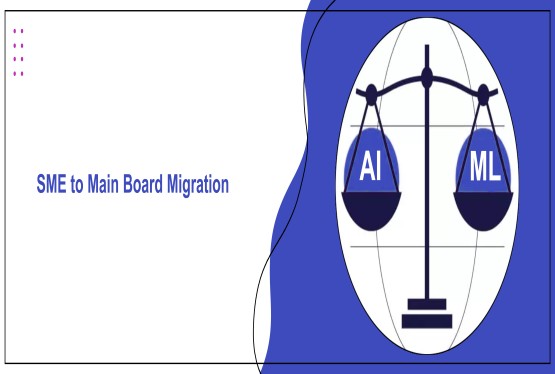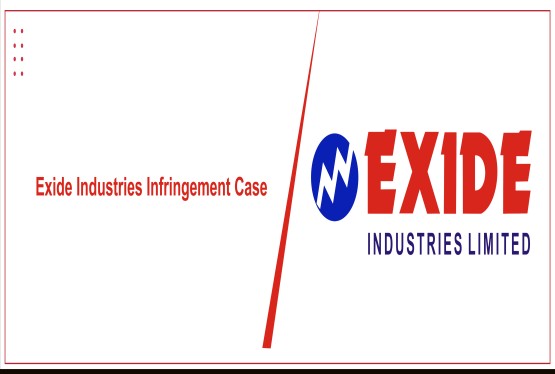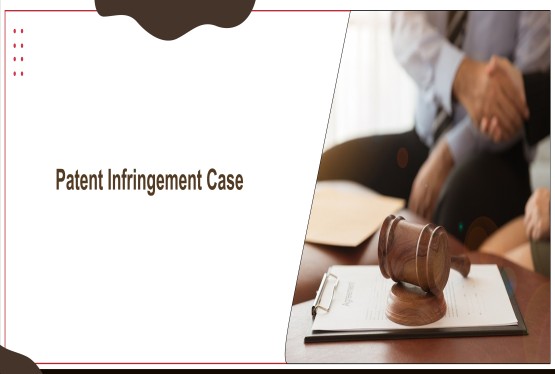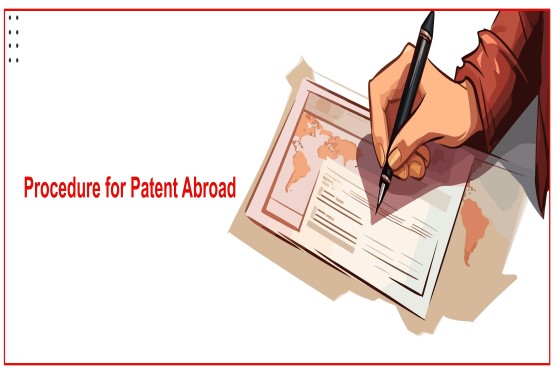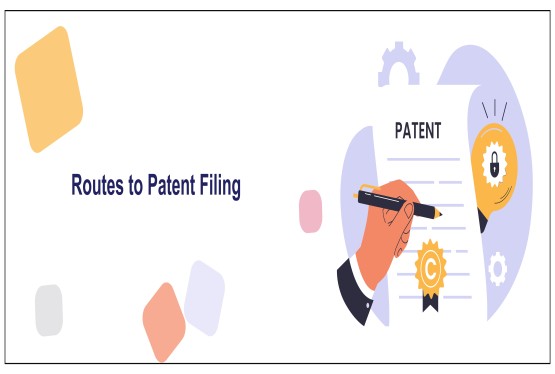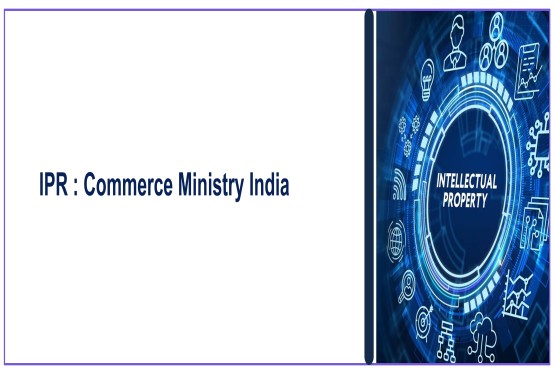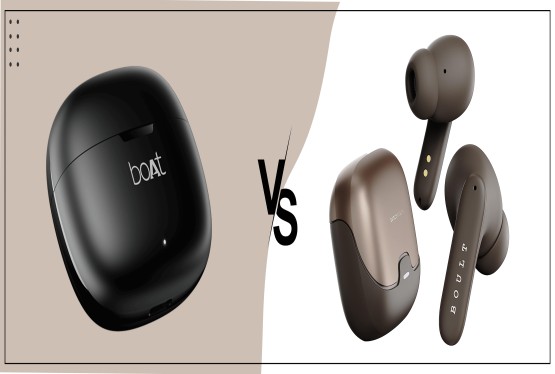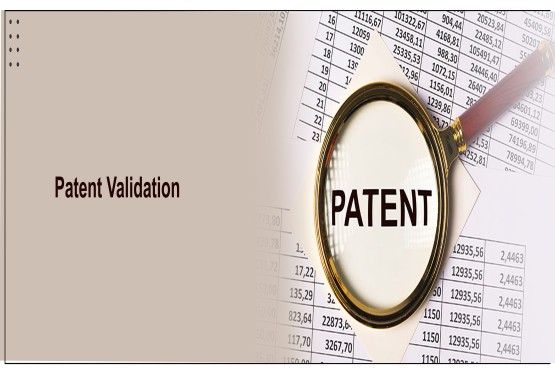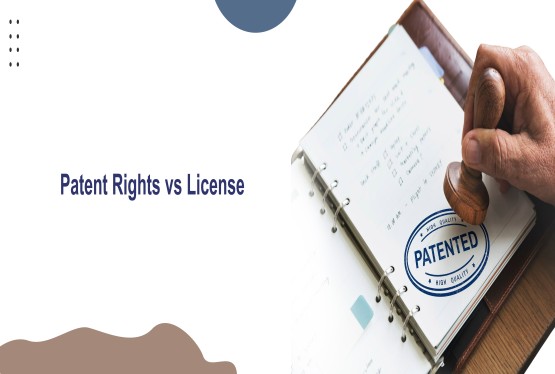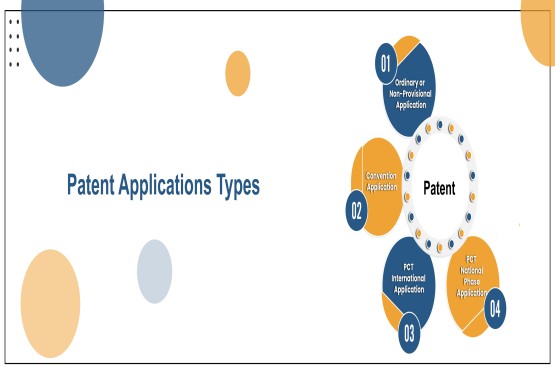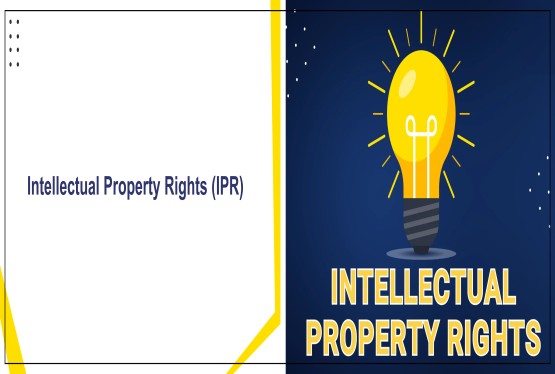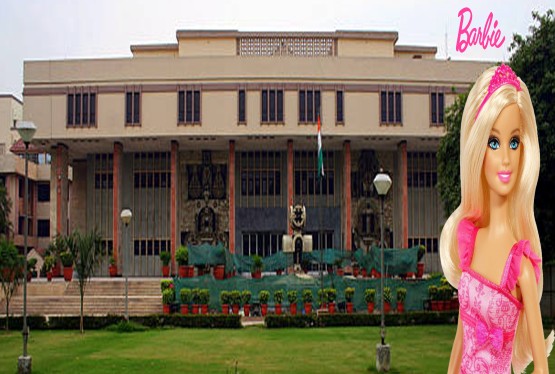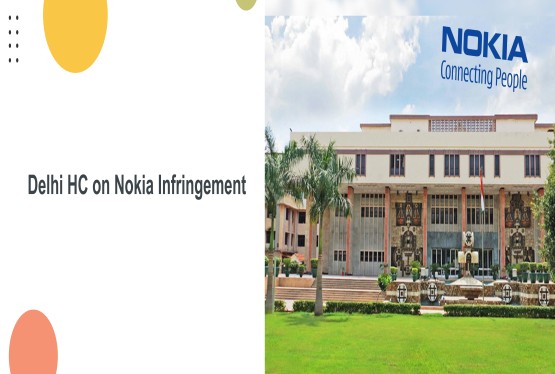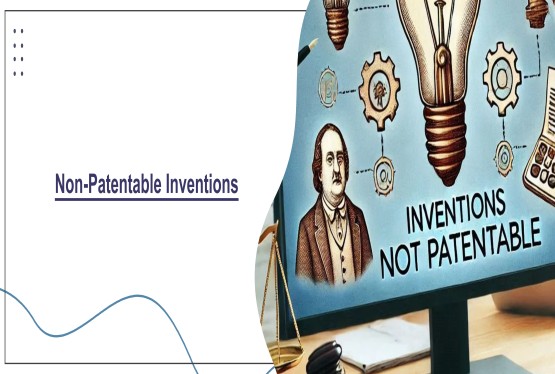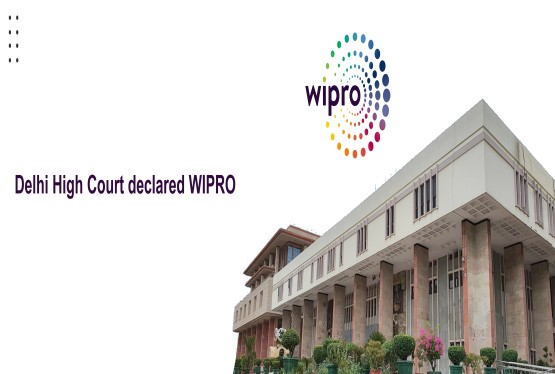In the modern business world, trademarks serve as a critical tool for protecting the identity of products and services, and ensuring that consumers can reliably identify the source of goods. Trademarks are categorized under the Nice Classification System, which classifies goods and services into 45 distinct classes. Class 9, as defined by this system, pertains to a wide range of technological products, including electronics, scientific instruments, software, and optical goods. This article provides an in-depth analysis of Trademark Class 9 in India, exploring the legal framework, key statutes, case law precedents, and challenges associated with registering and protecting trademarks in this class.
What is Trademark Class 9?
Trademark Class 9 covers a broad category of goods, primarily those related to technology and electronics. This class is inclusive of both physical products and digital or scientific tools, reflecting the rapid technological advancements in various industries. The items in this class are integral to sectors such as telecommunications, computing, entertainment, science, and medical technology.
Some of the key products included in Class 9 are:
-
Computer hardware (e.g., processors, motherboards, storage devices)
-
Software (e.g., computer programs, applications, operating systems)
-
Scientific instruments (e.g., measuring devices, laboratory equipment)
-
Optical instruments (e.g., cameras, binoculars, microscopes)
-
Consumer electronics (e.g., smartphones, televisions, audio equipment)
-
Electrical and electronic devices (e.g., batteries, chargers, switches)
-
Photographic and cinematographic apparatus (e.g., film cameras, projectors)
-
Recorded media (e.g., CDs, DVDs, digital recordings)
-
Data processing equipment and accessories
-
Wearable technology (e.g., smartwatches, fitness trackers)
The protection of trademarks in Class 9 ensures that businesses in the rapidly evolving technology sector can safeguard their intellectual property and prevent unauthorized use of their brand identity. Given the competitive and fast-paced nature of the technology industry, trademark registration in Class 9 is essential for establishing a unique brand presence in the marketplace. This Act also encompasses provisions for trademark infringement and Trademark withdrawal, outlining the legal consequences and procedures related to these actions.
The Legal Framework for Trademark Class 9 in India
Trademark registration in India is governed by the Trade Marks Act, 1999, which sets out the legal framework for the protection of trademarks. Under this Act, the Nice Classification system is used to categorize goods and services, with Class 9 specifically covering various technological, electronic, and scientific products. The Trade Marks Rules, 2017 further streamline the process of trademark registration and enforcement.
1. The Trade Marks Act, 1999: The primary legislation governing the registration of trademarks in India. Section 2(zb) of the Act defines a trademark as a mark capable of distinguishing the goods or services of one person from another. Section 9 outlines the absolute grounds for refusal of registration, such as when a mark is not distinctive or is purely descriptive. Section 11 deals with relative grounds for refusal, primarily focused on the likelihood of confusion with existing registered trademarks.
2. The Information Technology Act, 2000: While not directly a trademark law, the Information Technology Act addresses electronic transactions and cybercrimes, which often intersect with issues of online trademark infringement, particularly in Class 9, where a large number of software and digital products are involved. This statute aims to protect intellectual property rights in the digital realm and curtail online piracy.
3. The Copyright Act, 1957: The Copyright Act protects the creative aspects of software, audio-visual works, and other digital content, which often overlaps with trademarks in Class 9. For instance, a trademark associated with a software product may also be eligible for copyright protection for its source code or visual design.
4. The Patent Act, 1970: Patents provide protection for novel inventions, which may include technological innovations such as new computer hardware or software systems. While trademarks protect the branding of these inventions, patents provide legal protection for the underlying technology or design, thus complementing trademark law in the context of Class 9.
Key Considerations in Registering a Trademark in Class 9
Given the diversity of goods covered under Class 9, businesses must consider several important factors when seeking to register a trademark for technological products. These include:
1. Distinctiveness: For a trademark to be granted registration under Indian law, it must be distinctive. A trademark that is merely descriptive of the goods, such as “Smart Phone,” may face rejection. Similarly, marks that are common or generic, such as “Tech” for a technology brand, are unlikely to be granted protection. Marks must be unique and capable of identifying the source of the goods.
2. Non-functionality: As with all trademark classes, trademarks in Class 9 must not consist of functional aspects of the product. For example, the design of a product's circuit board or the shape of a smartphone that is essential for its operation cannot be protected by trademark law. The mark must be used to distinguish the brand and must not serve a purely utilitarian purpose.
3. Avoiding Confusion with Existing Marks: Given the high level of competition in technology and electronics markets, it is crucial to ensure that the proposed trademark does not conflict with existing trademarks. The Trade Marks Act provides the legal basis for assessing the likelihood of confusion, which is particularly important in Class 9, where many products may have similar designs or functionalities.
4. Compliance with Industry Standards: Technology and electronics products in Class 9 must meet specific safety and quality standards, especially those related to electrical and electronic devices. Trademark owners must ensure that their goods comply with regulatory requirements before applying for registration.
5. Online and International Protection: For businesses in the technology sector, protecting trademarks online is just as crucial as offline protection. With the increasing prevalence of e-commerce and digital products, companies should consider securing international trademark registration through the Madrid Protocol to protect their brands across multiple jurisdictions.
Precedents and Case Law Related to Trademark Class 9
Several important precedents in Indian trademark law have shaped the protection of products in Class 9. These cases often revolve around the distinctive nature of the mark, the likelihood of confusion, and the overlap between trademark and patent law in the technology sector.
1. Yahoo Inc. v. Akash Arora & Anr. (2000)
This landmark case dealt with the issue of domain names and trademark infringement in the digital space. Yahoo Inc. filed a lawsuit against Akash Arora for using a similar domain name “yahooindia.com” to that of Yahoo’s well-known trademark. The court ruled in favor of Yahoo, emphasizing that the use of a domain name that is similar to a registered trademark can lead to confusion among consumers. This case highlights the importance of protecting trademarks related to digital products and services under Class 9, especially in the online realm.
2. Microsoft Corporation v. D.K. Jain (2010)
In this case, Microsoft Corporation sued D.K. Jain for selling counterfeit copies of its software products in India. The court ruled in favor of Microsoft, ordering the defendant to cease selling the counterfeit products and pay compensation for damages. This case serves as an important precedent for the protection of software products, which fall under Class 9. It also emphasizes the growing importance of protecting intellectual property in the digital domain.
3. Apple Inc. v. K.S. Chawla (2014)
In this case, Apple Inc. took legal action against K.S. Chawla for selling counterfeit Apple products in India. The court ruled in favor of Apple, asserting that counterfeit products, including those in the electronics sector, pose significant harm to consumers and the brand. The case affirmed that the protection of trademarks under Class 9 is critical to maintaining the integrity of the electronics and technology industry in India.
Challenges in Protecting Trademarks in Class 9
Trademark protection in Class 9, especially for technological products, faces several challenges:
1. Overlapping Intellectual Property Laws: Many products in Class 9, such as software and electronic devices, may also be subject to patent and copyright protection. This can create complexities in terms of the overlapping legal protections for inventions, designs, and branding.
2. Technological Advancements: The rapid pace of technological innovation presents challenges in ensuring that trademarks remain relevant and distinct as new products are developed.
3. Global Protection: Given the global nature of the technology industry, companies often face challenges in securing trademark protection across multiple jurisdictions, especially in regions with different trademark laws and enforcement mechanisms.
Conclusion
Trademark Class 9 is a vital category in Indian trademark law, covering a broad spectrum of technological and electronic products that are central to modern business and consumer activities. Under the Trade Marks Act, 1999, businesses can protect their intellectual property and ensure that their trademarks are not only distinctive but also free from infringement. Through precedents such as Microsoft Corporation v. D.K. Jain and Yahoo Inc. v. Akash Arora, Indian courts have underscored the importance of maintaining the integrity of trademarks in the technology sector. As the digital age continues to evolve, protecting trademarks in Class 9 remains crucial for businesses seeking to establish their brand identity and maintain a competitive edge in the market.
Frequently Asked Questions
Q1. What products are included in Trademark Class 9?
Ans. Trademark Class 9 covers a wide range of technological and electronic products. This includes computer hardware (processors, motherboards), software (programs, applications), scientific instruments (measuring devices), optical instruments (cameras, microscopes), consumer electronics (smartphones, televisions), electrical devices (batteries, chargers), and much more. Essentially, any product related to technology or electronics likely falls under Class 9.
Q2. Why is Trademark Class 9 important for businesses?
Ans. Trademark protection in Class 9 is crucial for businesses in the technology sector. It allows them to establish and safeguard their brand identity by protecting their trademarks from unauthorized use by competitors. This protection helps prevent consumer confusion and ensures that customers can easily identify the source of the products they are purchasing.
Q3. What are the key considerations for registering a trademark in Class 9?
Ans. Several factors are important when registering a trademark for technological products. The mark must be distinctive and not merely descriptive of the product itself. It should also be non-functional, meaning it cannot be a feature essential to the product's operation. Avoiding confusion with existing trademarks is critical, especially in a competitive market with similar-looking products. Additionally, compliance with industry standards and regulations is necessary, particularly for electrical and electronic devices. Finally, considering online and international protection through the Madrid Protocol is crucial for businesses operating in the digital age.
Q4. How do court cases like Yahoo Inc. v. Akash Arora impact trademarks in Class 9?
Ans. This case, along with others like Microsoft Corporation v. D.K. Jain and Apple Inc. v. K.S. Chawla, highlights the importance of protecting trademarks in the digital space (Class 9). These cases set precedents for addressing issues like domain name infringement, software piracy, and counterfeit electronic goods. They emphasize the need for robust legal measures to safeguard brand identity and consumer rights in the technology industry.
Q5. What challenges exist in protecting trademarks in Class 9?
Ans. Trademark protection in Class 9 faces challenges due to overlapping intellectual property laws. Software and electronic devices may also be subject to patent and copyright protection, creating complexities. The rapid pace of technological advancements can make it difficult for trademarks to remain distinct as new products emerge. Additionally, securing global protection across various jurisdictions with differing trademark laws can be a hurdle for businesses operating internationally.






























_(b)_of_the_Trademark_Act,_1999_(1)_crop10_thumb.jpg)



_crop10_thumb.jpg)




























_crop10_thumb.jpg)
_crop10_thumb.jpg)






_crop10_thumb.jpg)








_crop10_thumb.jpg)



_crop10_thumb.jpg)





























_crop10_thumb.jpg)

















_crop10_thumb.jpg)






_crop10_thumb.jpg)











































































































































_crop10_thumb.jpg)




































_crop10_thumb.jpg)












_crop10_thumb.jpg)













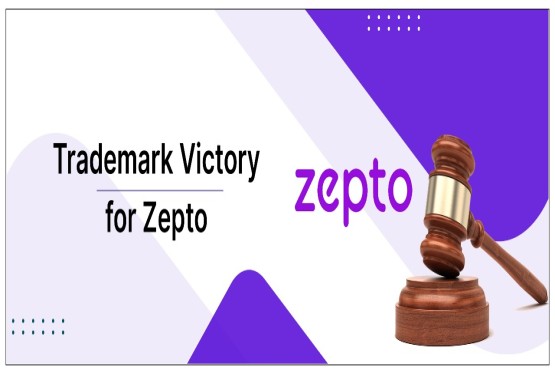

































_crop10_thumb.jpg)






